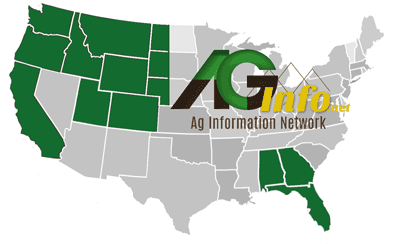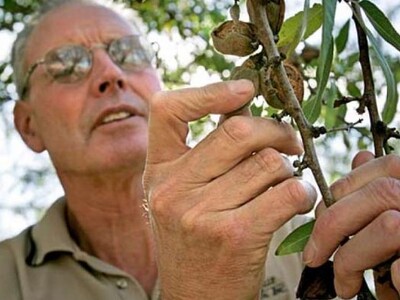Voles Attack
Voles are active day and night, year-round digging hundreds of short, shallow burrows and making underground nests of grass, stems, and leaves. Their numbers fluctuate from year to year and under favorable conditions their populations can increase rapidly. In some areas their numbers are cyclical, reaching peak numbers every 3 to 6 years before dropping back to low levels.
In Idaho’s Magic Valley a boom cycle is going on and nearly everyone agrees that voles are more of a problem this year than in recent years.? University of Idaho extension educator Steve Hines blames the combination of a fairly mild winter with a cool, wet spring. He says that not only did the population have a chance to grow over the winter but there was plenty of grass and weeds for the voles to eat early.
Hay farmer Don Hale says eradication involves chemicals: “The voles and the field mice, with them your zinc phosphides and those kinds of things work fairly well if you do it right.”
Zinc Phosphide is a single-dose poison available in pelleted and grain bait formulations and as a concentrate. These baits generally are broadcast at rates of 6 to 10 pounds per acre or are placed by hand in runways and burrow openings.













